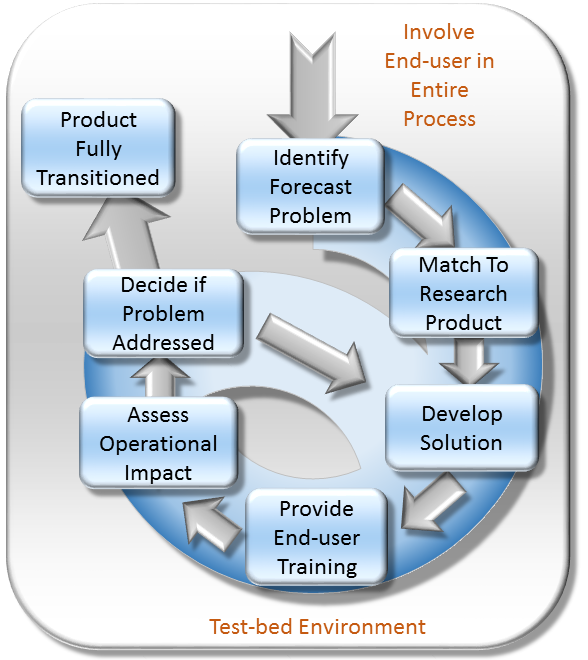New-generation satellite observations monitor air pollution during COVID-19 lockdown measures in California
Preventative measures recently adopted to prevent further spread of COVID-19 in the U.S. have prompted an overall slowdown in economic activity and fewer vehicles on the roadways. Since combustion engine powered vehicles can represent a major source of nitrogen dioxide (NO2) emissions, less traffic on the roadways may lead to a significant reduction in NO2concentrations and, as a result, fine particulate matter (Particulate Matter less than 2.5 microns in diameter or PM2.5) as NO2emissions are a known precursor to PM formation.
The Tropospheric Monitoring Instrument (TROPOMI) , launched in 2017 as part of the polar-orbiting European Space Agency’s (ESA) Sentinel-5 precursor (Sentinel-5P) satellite, has advanced our capability to monitor fine-scale emission sources, including vehicular emissions along traffic corridors, with unprecedented spatial resolution of 5.6 x 3.5 km2. Daily midday scans of TROPOMI over the densely populated cities and heavily trafficked corridors in California during March 2020 show how the adoption of stricter COVID-19 measures have impacted air quality in the state. To effectively examine the changes in air quality in California, we constructed weekday averaged NO2maps for March at 0.05° grid spacing from high-quality, cloud-free retrievals provided by TROPOMI level 2 data. It is also important to note the role of natural weather variability on air pollutants during this seasonal transitional period, as warmer temperatures and higher mid-day solar angles lead to shorter NO2lifetimes and generally lower NO2column concentrations.

Figure 1. a) Gridded 0.05 x 0.05° NO2map from TROPOMI Offline (OFFL) L2 retrievals during 2-6 March 2020 (pre-shutdown) over California. b-d) Same as a), except valid for b) 9-13 March during soft shutdown measures, c) 16-20 March when “shelter in place” orders were announced, d) full period of “shelter in place” orders during 23-27 March. Panel d) generated using near real-time (NRT) product due to 7-10 day lag of OFFL product.
For the first weekday period of March (2-6 March) when COVID-19 measures were yet to be implemented, the largest tropospheric NO2concentrations were observed in Los Angeles and bordering counties with a less prominent peak in NO2around San Francisco (Fig. 1a). The TROPOMI scans also resolved areas of enhanced NO2along the heavily trafficked corridor of State Route 99 (SR-99) in the Central Valley, particularly around the cities of Bakersfield and Fresno. As initial, soft COVID-19 measures were adopted by businesses in California during the second weekday period in March (9-13 March), TROPOMI observed strong reductions in tropospheric column NO2around the large cities of Los Angeles and San Francisco along with noticeable decreases along SR-99 (Fig. 1b). As California announced statewide “shelter in place” orders during the third weekday period of March (16-20 March), further decreases in NO2were apparent throughout all populated areas in the state and along SR-99 (Fig. 1c). Noticeable decreases in NO2continued throughout much of the state during the fourth weekday period of March (23-27 March), especially around San Francisco (Fig. 1d). Overall, these observed reductions in TROPOMI NO2throughout March are the result of decreased emissions on top of the seasonal changes in meteorological conditions.

